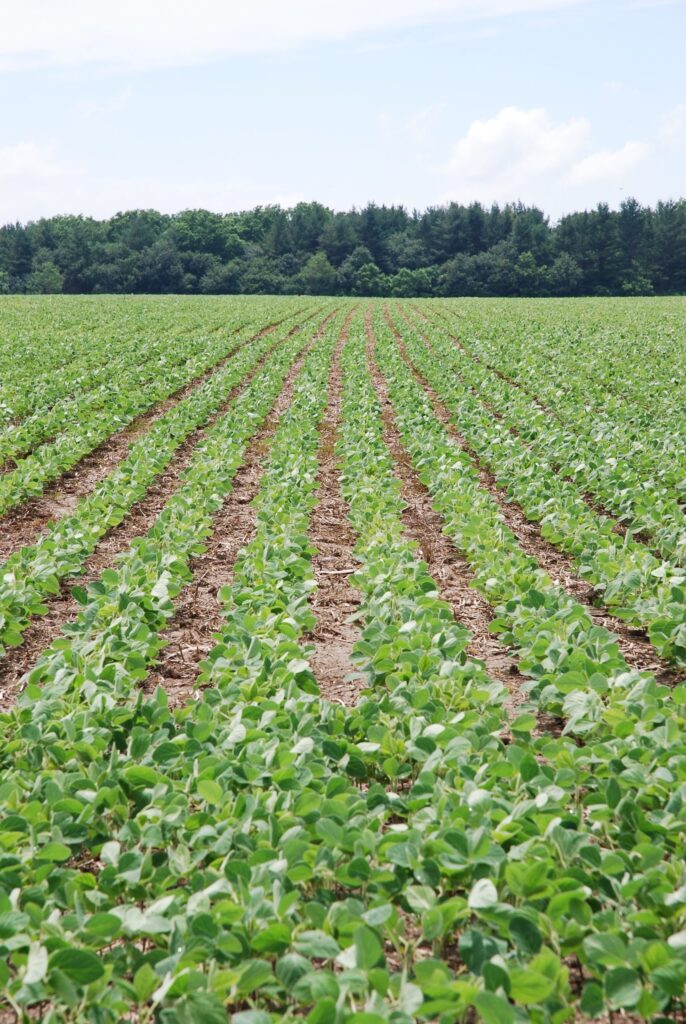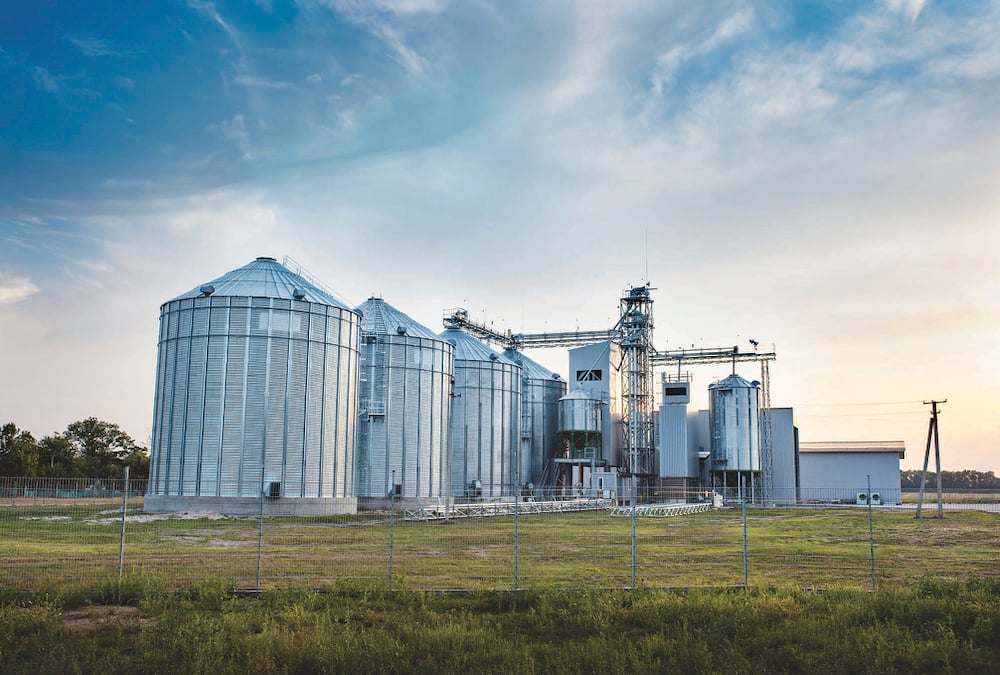No trade concerns with new soy and corn protection products

Three organizations representing Ontario agri-business, grain and soybean growers have issued a joint release concerning chemical products for use in soybeans and corn, finding the risk of residue-related trade disruptions is minimal.
Read Also

GFO seeks government support for passing Bill C-234
The Grain Farmers of Ontario is encouraging all Members of Parliament, across all parties, to show support for farmers and…
That determination comes when using either of the three products according to instructions and rates found on the respective product labels. The statement was issued on January 31, 2024 by the Grain Farmers of Ontario (GFO), the Ontario Agri Business Association (OABA) and Soy Canada.
The products are Blackhawk EVO (dichlorprop-P + pyranflufen + 2,4-D) for use in corn, Cimegra (broflanilide) for soybeans and Centurion ADV (clethodim), also for soybeans. The release cited the maximum residue limit (MRL) profile of the three active ingredients represented an acceptable risk and that the likelihood of any MRL-related trade disruption did not warrant an advisory to limit the use of the products at the present time.
“Following a rigorous review of export market requirements and residue potential when used according to the label, the joint Marketing Access Committee for corn and soybeans has concluded that the risk of any crop protection product residue-related trade disruption is acceptable for one new corn product and two new soybean products available in 2024,” states the release. “With 70 per cent of Ontario soybeans exported along with a significant amount of corn, maintaining market access and preventing risk is important to get the most value for Ontario-grown corn and soybeans.”
The Market Access Committee for corn and soybeans was first established by the GFO and Soy Canada to ensure pesticide residue requirements were met, thus preventing market access issues. The committee also the full extent of the value chain –from crop protection registrants, producer organizations, processors and exporters –to evaluate residue profiles in new pesticides and discuss any potential trade implications prior to launching the products. The role of OABA is as a Committee member and partner in the Ontario grain value chain.
The Committee, read the release, follows the “Market Acceptance of Pesticide Use Policy” established by the grain value chain under the authority of the Canada Grains Council. The same policy has been adopted by other commodity groups in the country. The MRLs of crop protection products are evaluated by the Committee against requirements in key export markets.
This assessment represents the third formal evaluation of the Joint Market Assessment Committee for Corn and Soybeans. Future evaluations will be carried out following this same process –or adjusted as required –on an annual basis or as needed.
Source: Farmtario.com

